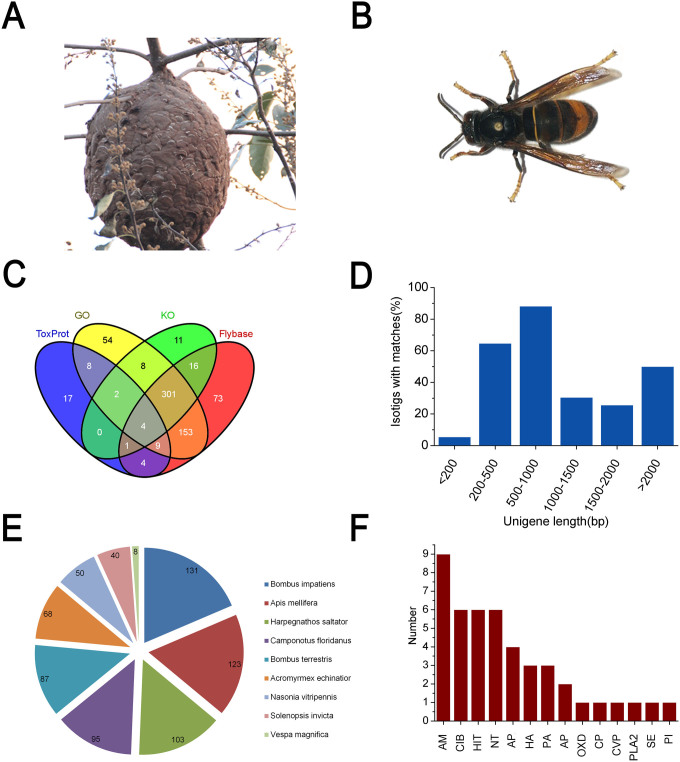Figure 1. Morphology of the invasive wasp V. velutina and homology-based annotation of transcriptome.
(A) Mature nest of V. velutina were found to be at the top of trees or under building eaves; (B) The morphology of V. velutina observed under the 40× microscope; (C) The intersection of the significant hits were based on number of isotigs annotated by blasting against GO, KO, Flybase and ToxProt (eval <1e-05, identity >30%, coverage >30%); (D) Taxonomic profile of the transcriptome. Number of top hits belonging to each species was indicated; (E) Percentages of size distribution of matched isotigs; (F) Number of top hits with significant homologous to the venomic proteins in ToxProt. Abbreviations: AM: Antimicrobial, CIB: calcium ion binding, HIT: Hemostasis impairing toxin, NT: Neurotoxin, APP: acid phosphatase, HA: Hyalurononglucosaminidase, PA: phosphatidylcholine 1-acylhydrolase, AP: Aminopeptidase, OXD: Oxidoreductase, CP: Carboxypeptidase, CVP: Cysteine-rich venom protein, PLA2: Phospholipase A2, SE: Serine esterase, PI: Protease inhibitor. The photographs of wasp V. velutina and their nest were taken by Chen SG.

